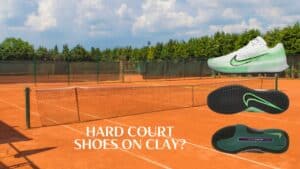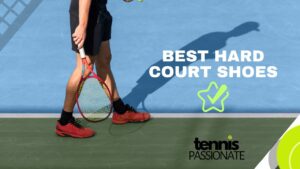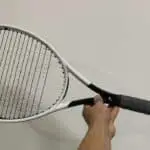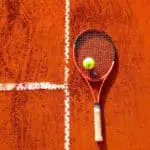
When to Replace Your Tennis Shoes? How Long do They Last?
Tennis shoes wear out after a certain amount of time, but it happens generally faster than other sports shoes because of the nature of tennis footwork.
You should generally replace your tennis shoes after 50-60 hours of play. This is the average life span of a tennis shoe midsole before it loses its elasticity and support.
The outsole typically lasts longer because the rubber is denser and stronger than the midsole materials.
How To Tell That the Midsole is Worn Out?
There are signs that tell you that your tennis shoe midsole is near death. You are only left with the death certificate before you throw them in the garbage can.
Creasing
You notice irregular lines of wear on the midsole from the distance as if somebody scrunched the shoes.
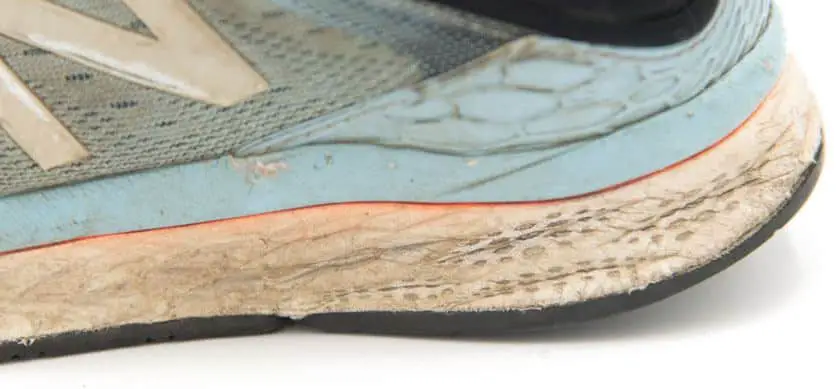
This means that the midsole material is starting to lose its elasticity and its ability to absorb and return energy.
What happens is that the shoe is no longer shock-absorbent, which might cause foot pain like ball of the foot pain, plantar fasciitis, tendonitis, and more.
This is a sign that it’s about time to choose a new pair.
No Bounce
An obvious sign is the shoes are no longer bouncy. At this stage, you are just resting your feet on a dead cushion.
This is more dangerous than creasing since there is no cushioning or support anymore.
The forward, lateral, and vertical movements are not dispersed, which can cause a harsh impact and severe injuries.
Here you need to replace your pair of tennis shoes immediately with a new one.
How To Tell That The Outsole is Worn Out?
The outsole is worn out where there are obvious signs of abrasions on the rubber. The treads start to bottom out and the pattern becomes flat in some parts or all the area.
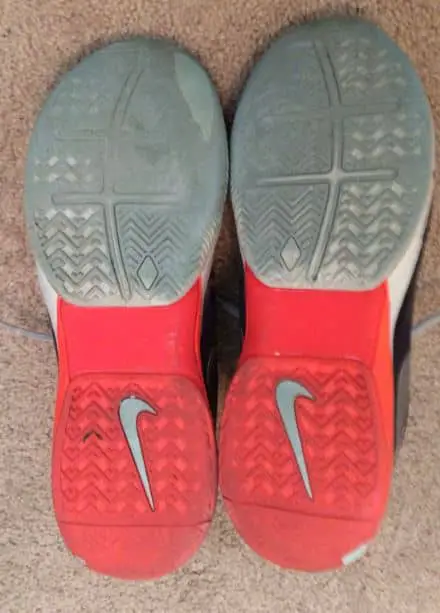
At this stage, the shoes lose their grip making them dangerous to play with because of the risk of undesired sliding. Nobody wants to wear racing skis on a tennis court.
When to Get a New Pair of Tennis Shoes?
There are signs that tell you: “Throw your broken shoes right now and buy new ones!”.
If you encounter any of these, you should buy a shoe before you can play tennis again:
- No more apparent treads on the outsole: No grip
- Dead midsole: no support and pain risk
- Holes in the toe box or under the heel: no more stability
- The upper is coming apart: Hard to reconstitute the shoe mechanics by gluing, which means no more multidirectional support.
What Factors Affect a Tennis Shoe Durability?
Several factors play a role in making a pair of tennis shoes last shorter or longer.
You cannot measure their durability like a phone battery or a car tire.
Here are the main facets that directly influence the durability of tennis shoes.
Surface
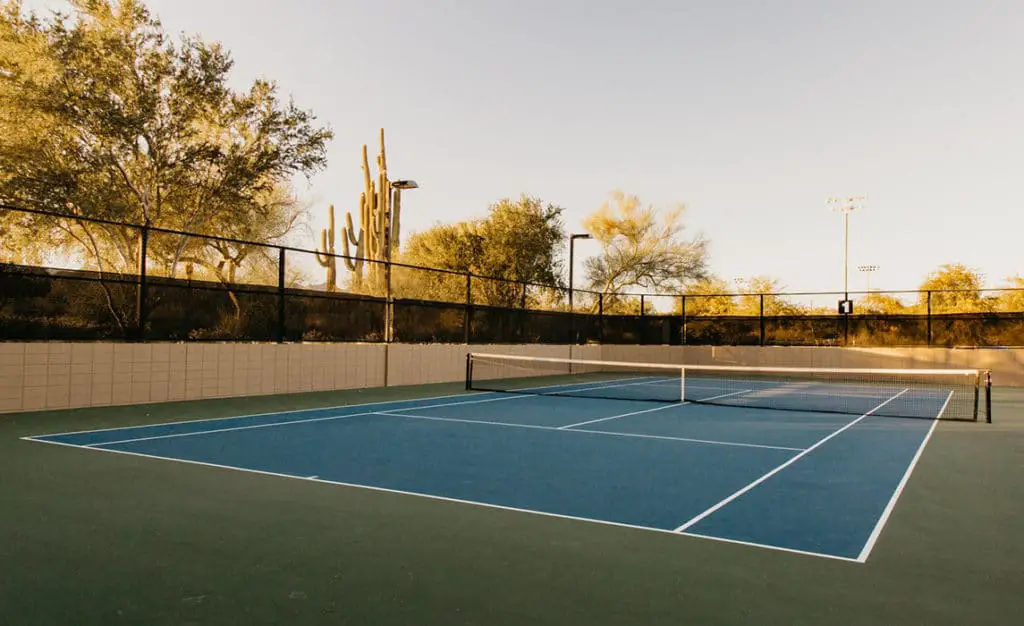
Each surface requires a different type of tennis shoes. Clay courts are in general more forgiving than hard courts, because of the dirt that softens the impact.
Hard surfaces include lots of friction, more shock absorption, and lateral stress.
Play Style

An aggressive player would damage his tennis shoes faster than a defensive player would because the movements are much more abrupt implying more stress on the outsole, midsole, and upper.
Examples of aggressive movers among pros:
- Djokovic: Defensive skills and mind-boggling slides,
- De Minaur: Incredible speed and quick changes of direction,
- Nadal: Impeccable footwork and outstanding ability to turn defense to attack,
- Monfils: Multidirectional movements and can reach impossible balls.
- Alcaraz: High speed and excellent defense.
Shoe Quality
Some tennis shoes are more durable than others. When the manufacturer puts lots of quality materials and technology into the making of their shoes, the result is high durability and a good example would be Asics shoes.
Other sports companies have made partnerships with car manufacturers to craft durable outsoles like Lacoste using Goodyear’s expertise for traction and durability.
Here is a list of the most durable tennis shoes that you can choose from:
Frequency of play
This is an obvious one. Someone who practices tennis every day will need to replace his tennis shoes faster than someone who plays once a week.
This is why the durability is estimated by hours of play instead of weeks or months.
Nevertheless, some companies like Asics or Adidas offer a 6-month guarantee on their outsole to encourage people to purchase their shoes.
Last Words
Tennis shoes have a relatively short life span. You should absolutely replace them when you see signs of wear and lack of support, to save your life from foot injuries.


